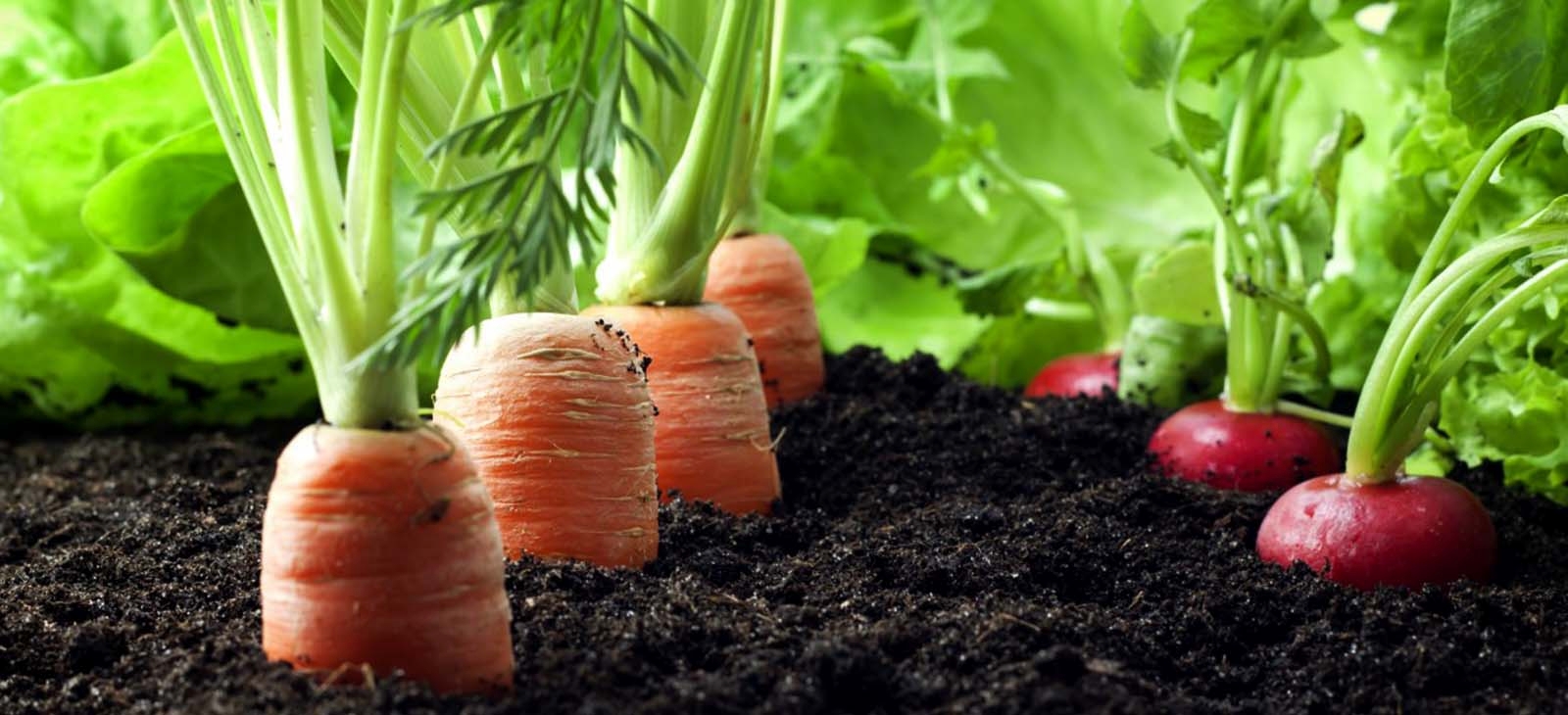Wide range of temperature fluctuation in different parts of the country and the multiplicity of climatic zones make it possible to cultivate a diverse variety of crops, including cereals (wheat, barley, rice, and corn [maize]), fruits (dates, figs, pomegranates, melons, and grapes), vegetables, cotton, sugar beets and sugarcane, nuts, olives, spices, tea, tobacco, and medicinal herbs. Iran's forests cover approximately the same amount of land as its agricultural crops—about one-tenth of its total surface area.
Wide range of temperature fluctuation in different parts of the country and the multiplicity of climatic zones make it possible to cultivate a diverse variety of crops, including cereals (wheat, barley, rice, and corn [maize]), fruits (dates, figs, pomegranates, melons, and grapes), vegetables, cotton, sugar beets and sugarcane, nuts, olives, spices, tea, tobacco, and medicinal herbs. Iran's forests cover approximately the same amount of land as its agricultural crops—about one-tenth of its total surface area. The largest and most valuable woodland areas are in the Caspian region, where many of the forests are commercially exploitable and include both hardwoods and softwoods.
More than 200 species of fish are found in the Persian Gulf, 150 of which are edible, including shrimps and prawns. Of the country's livestock, sheep are by far the most numerous, followed by goats, cattle, asses, horses, water buffalo, and mules. The raising of poultry for eggs and meat is prevalent, and camels are still raised and bred for use in transport. Agriculture has a long history and tradition in Iran.
The wide range of temperature fluctuation in different parts of the country and the multiplicity of climatic zones make it possible to cultivate a diverse variety of crops, including cereals (wheat, barley, rice, and maize (corn)), fruits (dates, figs, pomegranates, melons, and grapes), vegetables, cotton, sugar beets and sugarcane, pistachios (World's largest producer with 40% of the world's output in 2005), nuts, olives, spices e.g. saffron (World's largest producer with 81% of the world's total output), tea, tobacco, and medicinal herbs. More than 2,000 plant species are grown in Iran; only 100 of which are being used in pharmaceutical industries.

